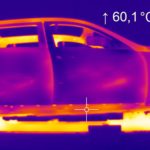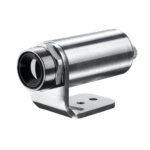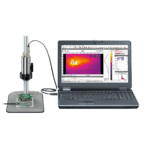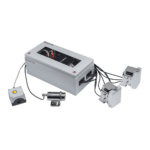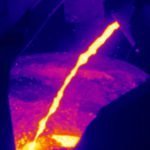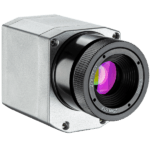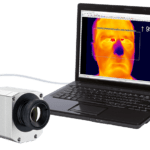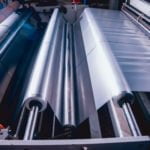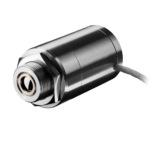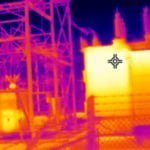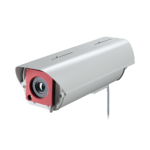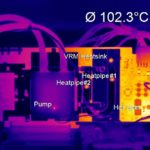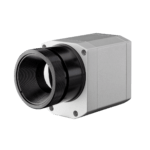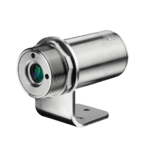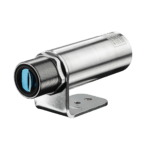What is infrared temperature measurement?
Next to time, temperature is the most frequently measured physical property. Infrared temperature measurement devices define the temperature according to the radiation law of Planck and Boltzmann through infrared radiation released by the measured object. But how does non-contact temperature measurement work?
Each body, with a temperature above the absolute zero of 0 K (-273.15°C) emits an electromagnetic radiation from its surface, which is proportional to its intrinsic temperature. A part of this radiation is infrared radiation which is used to measure temperature. The radiation of the body penetrates the atmosphere and can be focused on a detector element with the help of a lens. The detector element generates an electrical signal proportional to the radiation. This signal is amplified and, using successive digital signal processing, is transformed into an output signal proportional to the object temperature. The measuring value can be shown on a display or released as a signal.
The emissivity ε (Epsilon) has a central importance, if the temperature is measured through radiation. The emissivity defines the relation of the radiation value in real and of the black body. This is maximal 1 for a black body. But only few bodies meet the ideal of the black body. For the calibration of sensors contact faces of radiators are generally used, which consists of the favoured wave length of 0.99.
Many bodies have a constant emissivity regarding the wave length, but do emit far less radiation than black bodies. They are called grey bodies. Bodies whos emissivity depends on the temperature and the wave length, such as metals, are called selective radiator. The missing radiation part is compensated in both cases through the definition of emissivity. When using a selective radiator, one needs to bear in mind the measured wave length (short-wave for metal).
The infrared sensor receives the emitted radiation from the object surface, but also reflected radiation form the surroundings and perhaps penetrated infrared radiation from the measuring object.
Please gather some more information from our brochures: Basics of non-contact temperature measurement.

